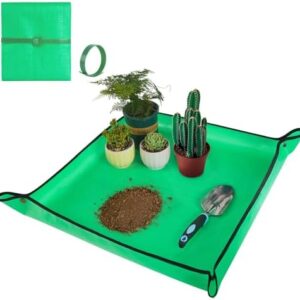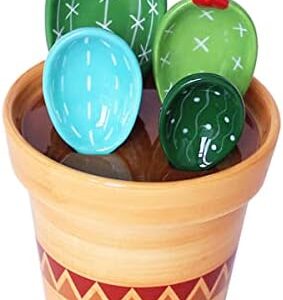There’s something truly magical about creating a lush garden from scratch. The process of watching tiny seeds grow into beautiful, blooming plants is truly a miracle of nature. And one of the best ways to achieve a garden bursting with life is through successful plant propagation.
Plant propagation is the process of growing new plants from seeds, cuttings, or other plant parts. It’s a key technique used by gardeners to expand their gardens, create new plants, or simply preserve favorite specimens. And while it may sound like a complex process, plant propagation is actually quite simple and rewarding.
One of the biggest benefits of plant propagation is the ability to save money. Buying fully-grown plants from a nursery can be expensive, especially if you have a large garden to fill. By propagating your own plants, you can save a significant amount of money while still filling your garden with a wide variety of beautiful plants.
In addition to saving money, plant propagation also allows you to create a more personalized garden. Whether you’re looking to reproduce a favorite plant, create a specific color scheme, or experiment with new varieties, plant propagation gives you the freedom to create a garden that truly reflects your tastes and preferences.
Another key benefit of plant propagation is the ability to diversify your garden. By propagating a wide variety of plants, you can create a garden that is not only visually stunning, but also more resilient to pests, diseases, and other environmental challenges. Plus, the process of propagating plants can be a fun and rewarding hobby that allows you to connect with nature on a deeper level.
There are several different methods of plant propagation, each with its own unique benefits and challenges. One of the most common methods is seed propagation, which involves planting seeds in soil and allowing them to germinate and grow into mature plants. This method is relatively simple and inexpensive, making it ideal for beginners or those looking to propagate a large number of plants.
Another popular method of plant propagation is stem cutting, which involves taking a small cutting from a parent plant and rooting it in soil or water. This method is particularly useful for propagating plants that are difficult to grow from seed, or for creating new plants from older specimens. Stem cutting can be a bit more challenging than seed propagation, but with practice and patience, it can be a highly effective way to propagate a wide variety of plants.
Regardless of the method you choose, successful plant propagation requires careful planning, attention to detail, and a bit of trial and error. But the rewards of watching your plants grow and flourish are more than worth the effort. So if you’re looking to create a lush garden filled with beautiful, thriving plants, plant propagation is an essential skill to master.
In conclusion, plant propagation is a valuable technique for creating a lush garden that reflects your personal style and preferences. By propagating your own plants, you can save money, diversify your garden, and connect with nature in a meaningful way. So roll up your sleeves, get your hands dirty, and start propagating – your garden will thank you for it.






